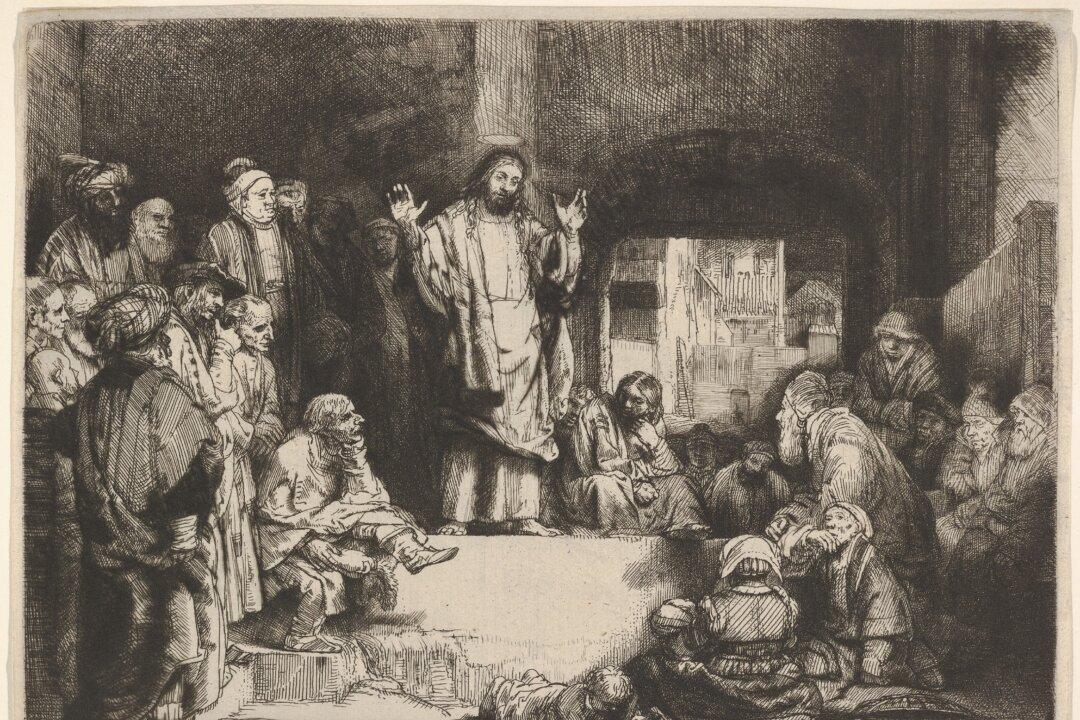They say “a picture paints a thousand words”—traditional art certainly does. But can a thousand words paint a picture of the lost language of art? American author and retired art curator Mary Elizabeth Podles hopes so.
Since 2012, she’s written “A Thousand Words,” a 1,000-word art column for Touchstone: A Journal of Mere Christianity. Her recently published book, “A Thousand Words: Reflections on Art and Christianity,” features the first 62 articles of her column along with 13 new essays.






